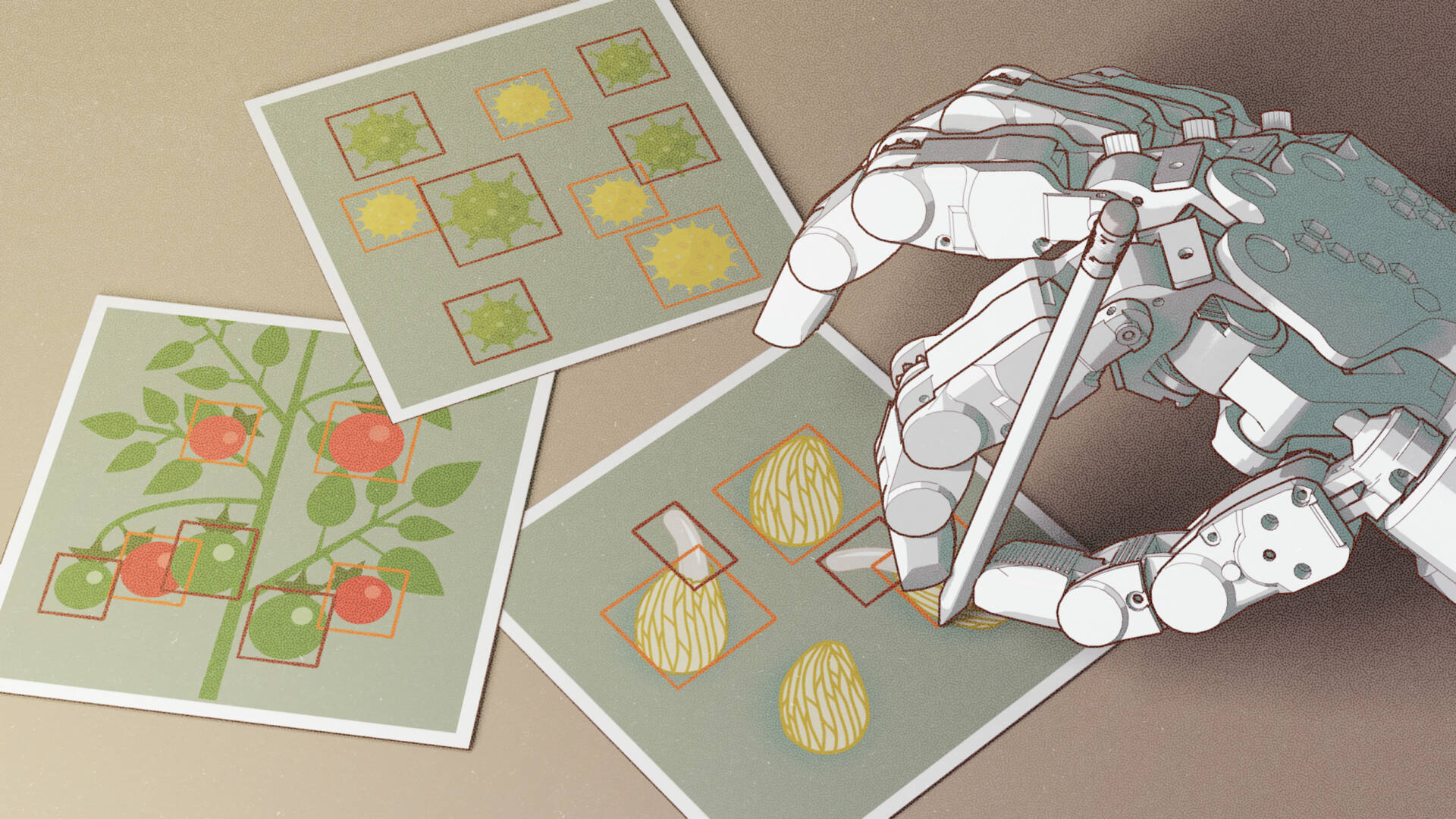Artificial intelligence (AI) is a powerful tool that can play a crucial role in many different fields of research. Not least, it is being used to speed up tedious processes and allow researchers more time for discovery.
A group led by Bernard Ghanem is successfully applying AI and the process of machine learning to many different areas of research. They have now streamlined the process, making it quick and easy for researchers to train and deploy their own machine-learning models.
“We’ve been interacting with scientists on campus to help them in their overall scientific pipeline. We work with them to automate parts of the pipeline so that they can do more discovery and less of the tedious, repetitive work,” Ghanem explains.
“They can do more discovery and less of the tedious, repetitive work.”
The variety of projects covers everything from analyzing the results of a new COVID-19 diagnostic test, to counting germinated seeds and discovering new archaeological sites.
Bioengineer Magdy Mahfouz has discovered a new way to diagnose Covid-19 and other infections.
His diagnostic test, like PCR tests, detects tiny amounts of viral genetic material in a sample by amplifying it to detectable amounts, quickly and easily. A fluorescent signal indicates whether the sample is positive for SARS-CoV-2.
Ghanem’s team helped integrate the detection module with a portable molecular fluorescence viewer to facilitate sample readout and developed a machine-learning module for efficient data collection and sharing of test results. They then developed a cell phone application to collect and read results.
In the field of plant science, another collaboration has produced an online tool that quickly counts germinated and ungerminated seeds. The impetus for this project was the work by Salim Al-Babili on purple witchweeds (Striga spp.) – parasitic plants that infest the roots of many crops in warm and temperate zones, causing enormous yield losses and endangering global food security. To determine their potential for controlling Striga in the field, biological or synthetic chemicals are usually applied to seeds in in-vitro bioassays, and then germination ratios are assessed – a lengthy and difficult process.
“Counting the germination is laborious and time consuming and is a major constraint for high-throughput screening for germination inhibitors or stimulants,” says Al-Babili.
Al-Babili’s and Ghanem’s groups collaborated to develop an automatic “seed census” tool to count and discriminate germinated seeds from nongerminated ones. The method showed an accuracy of 94 percent in counting seeds of Striga hermonthica and reduced the required time from about five minutes to five seconds per image.
The software they have developed, known as SeedQuant, is now available to other users, for example, for seed germination bioassays or high-throughput screening for germination stimulants/inhibitors.
Al-Babili suggests there are many possibilities for using machine learning in plant science research. “We can use machine learning for phenotyping and measuring of traits in populations, identifying actor genes, predicting functional genetic elements and for precision/smart agriculture.”
“There are many possibilities for using machine learning in plant science research.”
“This project has reminded us of the power of having smoothly collaborating partners with complementary expertise and given us insights into the potential of machine learning for our own research,” says Al-Babili.
“The global challenges we are facing require blending different expertise and thinking out of the box,” he concludes.
After working on several projects with KAUST researchers, Ghanem realized that, despite the vastly different nature of the research, they all required the same underlying solution, in terms of the ideas and backend development.
Together with colleagues Justine Braguy and Silvio Giancola, Ghanem recently founded Thya Technology, an online platform, where users can upload annotated images themselves and generate their own detection model.
“You don’t need to know anything about machine learning, but you are still able to put together a system that works well for your project,” says Ghanem.
“Using our online platform, you upload and annotate your images, marking, for example, germinated and ungerminated seeds or fluorescent and nonfluorescent tubes. Then, the Thya AI engine trains everything for you and provides a model that you can directly apply to other images. In many applications, the entire process can be done in a few hours.
“This system automates the training and takes us out of the pipeline altogether,” he explains.
Feature image: ©2022 KAUST; Xavier Pita. 3D model, Safwan Ferdous, GrabCad.

